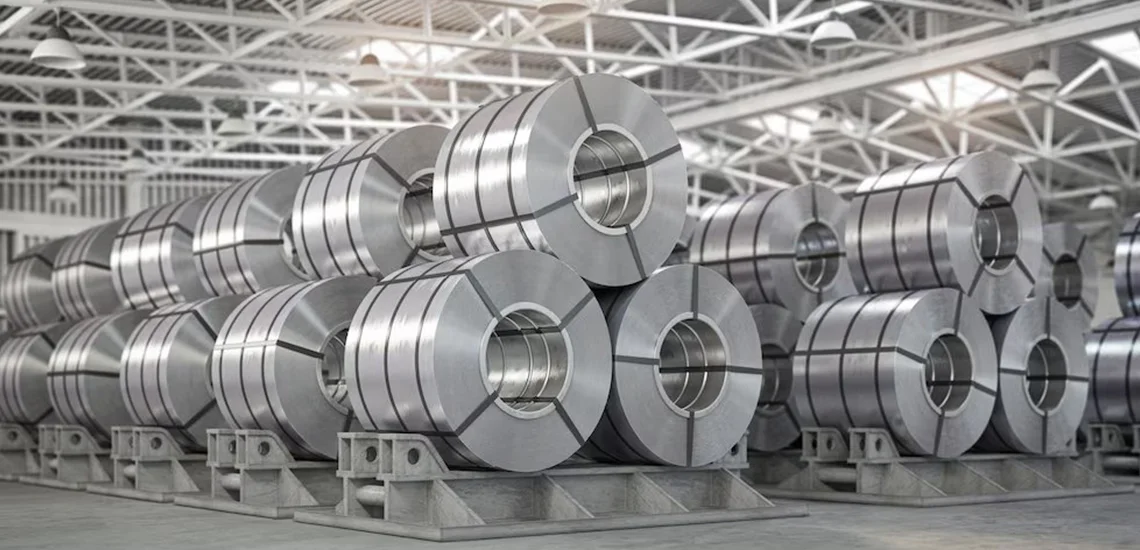Green Steel marks a transformative shift in the steel industry, embodying a steadfast commitment to environmental sustainability and responsibility. At its core, Green Steel represents a departure from traditional steel production methods, prioritizing renewable energy, innovative technologies, and circular economy principles to curtail carbon emissions and minimize environmental impact.

Fundamental to the ethos of Green Steel is the integration of sustainable energy sources into steel production processes. Embracing renewable energy such as solar, wind, and hydroelectric power empowers Green Steel to reduce its carbon footprint substantially, underscoring a pivotal milestone in the industry's journey to decarbonize its operations.
In addition to renewable energy adoption, Green Steel is intricately connected with circular economy principles, emphasizing waste reduction and resource efficiency. By focusing on the reuse and recycling of steel scrap, Green Steel diminishes its reliance on primary raw materials, significantly reducing the environmental footprint of steel production and aligning with overarching sustainability objectives.
Innovative technologies serve as the linchpin of the Green Steel revolution, ushering in a new era of sustainable steel production. Robust infrastructure and technology investments enable the adoption of electric arc furnaces (EAF) powered by renewable energy. This presents a transformative alternative to conventional blast furnace operations and substantially lowers the carbon emissions associated with steel production. Moreover, pioneering advancements such as hydrogen-based direct reduction processes minimize carbon dioxide emissions, affirming the industry's commitment to sustainable progress.
The rise of Green Steel not only promises substantial environmental benefits but also strategic opportunities for the industry in the dynamic Asian market.
As more people pay attention to being environmentally friendly and responsible in business, there's a growing need for steel products that don't harm the environment. Companies that start using this kind of Green Steel soon are leading the way. They are meeting the growing demand for steel made in a way that is ethical, eco-friendly, and sustainable.
The ramifications of Green Steel extend beyond economic prospects, resonating with the global imperative to address climate change. As a significant contributor to global carbon emissions, the steel industry's adoption of Green Steel represents a substantial step toward a low-carbon, sustainable future. By championing the adoption of sustainable steel production practices, the industry can serve as a leading proponent of sustainability, driving broader efforts to reduce environmental impact across diverse sectors within the Asian market.
Realizing the full potential of Green Steel necessitates collaborative efforts and substantial investments to accelerate innovation and the adoption of sustainable steelmaking practices within the Asian market. Government support, incentives, and robust policy frameworks play a pivotal role in expediting the transition to Green Steel, offering essential infrastructure, regulatory backing, and funding to propel the industry's sustainable evolution within Asia's dynamic economic landscape.
In essence, the emergence of Green Steel marks a profound leap toward sustainability, environmental responsibility, and innovation in the steel industry within the Asian market. The demand for eco-friendly steel continues to surge, and the rise of Green Steel delineates a path toward sustainable steel production and an environmentally conscious, resilient future within Asia's rapidly evolving economic landscape.